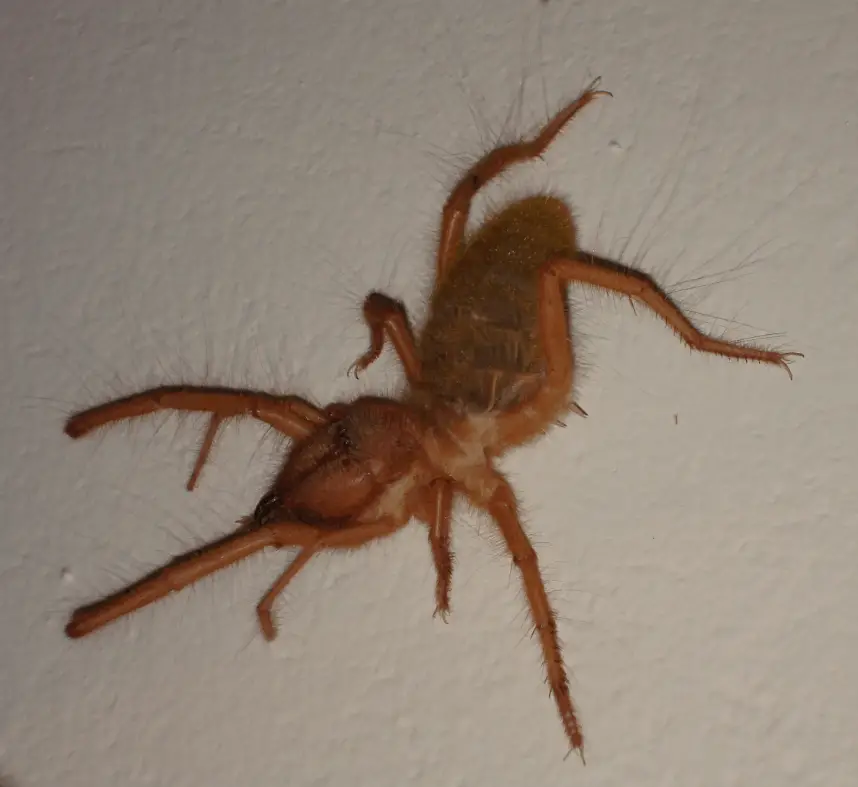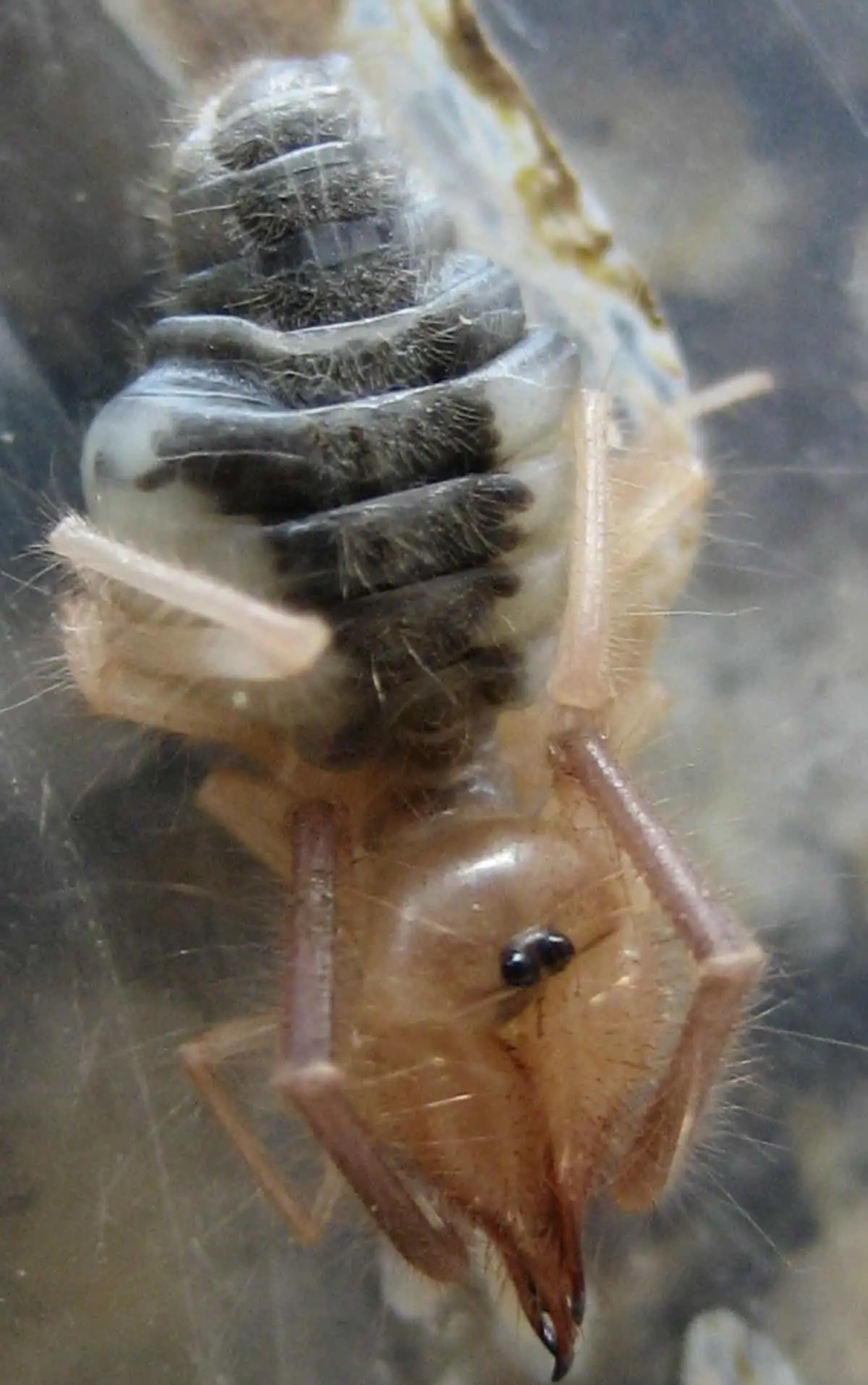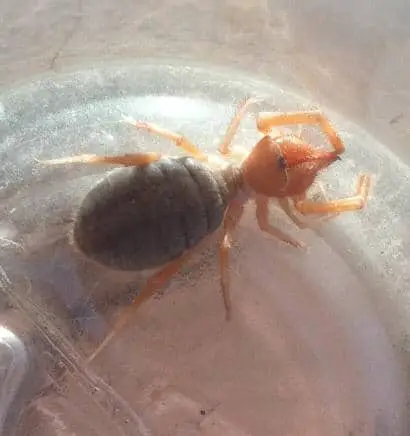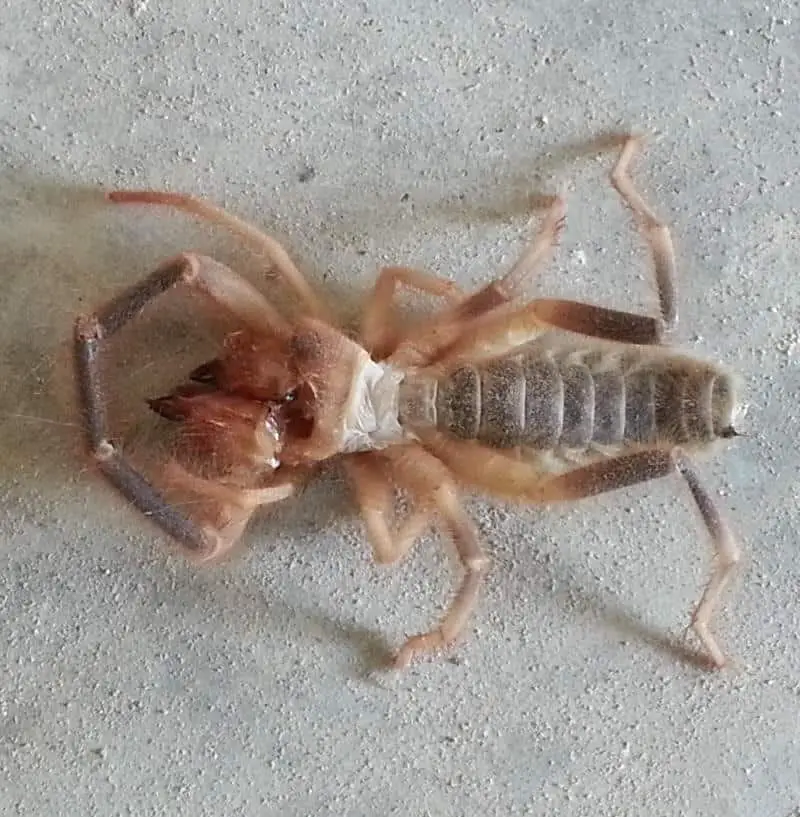Solfugids or Wind scorpion, are not technically spiders but belong to an order of arachnids known for their speed and their large, forward-pointing chelicerae, or biting fangs. They live in tropical or subtropical dry areas of the Americas, Asia, and Africa. Worldwide, there are about 900 known species of wind scorpions, and in North America there are 120. They were the subject of the urban legend going around about soldiers in Iraq being chased and eaten by large spiders.
Wind scorpions are so named because they seem to move “like the wind.” They are also called solfugids, after their order. Other names for wind scorpions include camel spiders, sun scorpions, and sun spiders, because some species are active during the day. Most species of wind scorpion are actually nocturnal, but they are often attracted to light. They prey mainly on insects and other invertebrates, although some of the larger species occasionally eat small vertebrates, such as young lizards. Their unusually large chelicerae, or jaws, point forward and are used to crush and shred the prey. Wind scorpions are not venomous but they can bite humans and the wound may become infected. Wind scorpions range in length from 1 to 70 mm (0.25 to 2.75 in). The most common species in the United States are a few centimetres (up to 1.2 in) long. They inhabit the drier, warmer parts of the west (though one species can be found in Florida) and are harmless.
All photos are copyright to their owners and may not be reproduced without permission.































